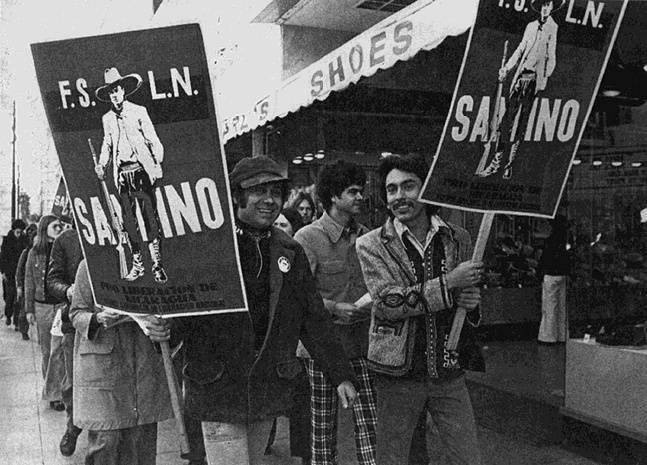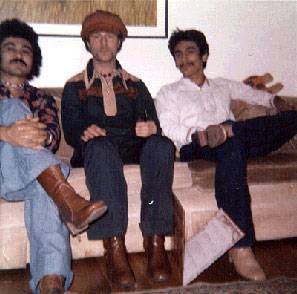Managua North: San Francisco's Solidarity Movement
"I was there..."
by Alejandro Murguía, in conversation with Chris Carlsson, November 3, 1999
Listen to Roberto Vargas reading his epic poem "My World Incomplete/To Complete My World":
<embed src="http://www.archive.org/flow/flowplayer.commercial-3.2.1.swf" type="application/x-shockwave-flash" width="640" height="26" allowfullscreen="true" allowscriptaccess="always" cachebusting="true" bgcolor="#000000" quality="high" flashvars="config={'key':'#$aa4baff94a9bdcafce8','playlist':[{'url':'16RobertoVargas331824thToPartFourMastered2.mp3','autoPlay':false}],'clip':{'autoPlay':true,'baseUrl':'http://www.archive.org/download/16TenYears--robertoVargasReadingMyWorldIncompletetoCompleteMyWorld/'},'canvas':{'backgroundColor':'#000000','backgroundGradient':'none'},'plugins':{'audio':{'url':'http://www.archive.org/flow/flowplayer.audio-3.2.1-dev.swf'},'controls':{'playlist':false,'fullscreen':false,'height':26,'backgroundColor':'#000000','autoHide':{'fullscreenOnly':true},'scrubberHeightRatio':0.6,'timeFontSize':9,'mute':false,'top':0}},'contextMenu':[{},'-','Flowplayer v3.2.1']}"> </embed>
by mp3.
Continue the Ten Years Tour
Previous stop: Third worldism in SF
Next Stop #17: Food conspiracies
1976 Sandinista Demonstration in the Mission, Roberto Vargas (left) and Alejandro Murguia (right).
Photo: Alejandro Stuart
1974: Roberto Vargas, Emiliano Echeverria, and Alejandro Murguía, San Francisco
Photo: Nina Serrano
It was 1974. The first real demonstration we had, maybe 100 people marching up Mission Street waving Sandino posters, making lots of noise. By 1979 we had thousands marching up Mission. At the beginning it was quite humble, as most movements are.
Los Siete and the Farmworkers Movement and the Brown Beret movement had been the roots of organizing, cultural activism, community concepts and just running around doing stuff. So they were sort of the grandfather of what happened later. Because through our experiences in these other movements we knew the community, we knew how to organize, how to do press releases, how to organize rallies, how to make presentations. So it was very important: without that earlier experience the Sandinista Solidarity Movement may not have taken off.
The people we ended up working with, like "Chombo" (Walter Ferreti), Casimilo Sotelo, had no experience in that. They'd just arrived in the country a couple of years earlier, and were working as dishwashers, car mechanics. They knew the Nicaraguan community, but they had no experience in organizing rallies, putting out newspapers, much less dealing with City Hall.
We would up establishing two very important links with the Nicaraguan community that had been in San Francisco since the 1930s. One was Colonel Haslam, the other was Walter Ferreti's uncle, Colonel Juan Ferreti, who had actually been a member of Sandino's General Staff. So for us that was an incredible direct link. We weren't just saying we were heirs of the Sandinistas. We had documents from them saying we were their representatives, but more importantly, we had Colonel Ferreti who could tell us stories about Sandino and to us it was invaluable, like having Sandino here with us.
{{#ev:archive|ssfsandnsta|320}}
Alejandro Murguia interviewed
Video: Mary Ellen Churchill and Chris Carlsson, edited by Joe Caffentzis



